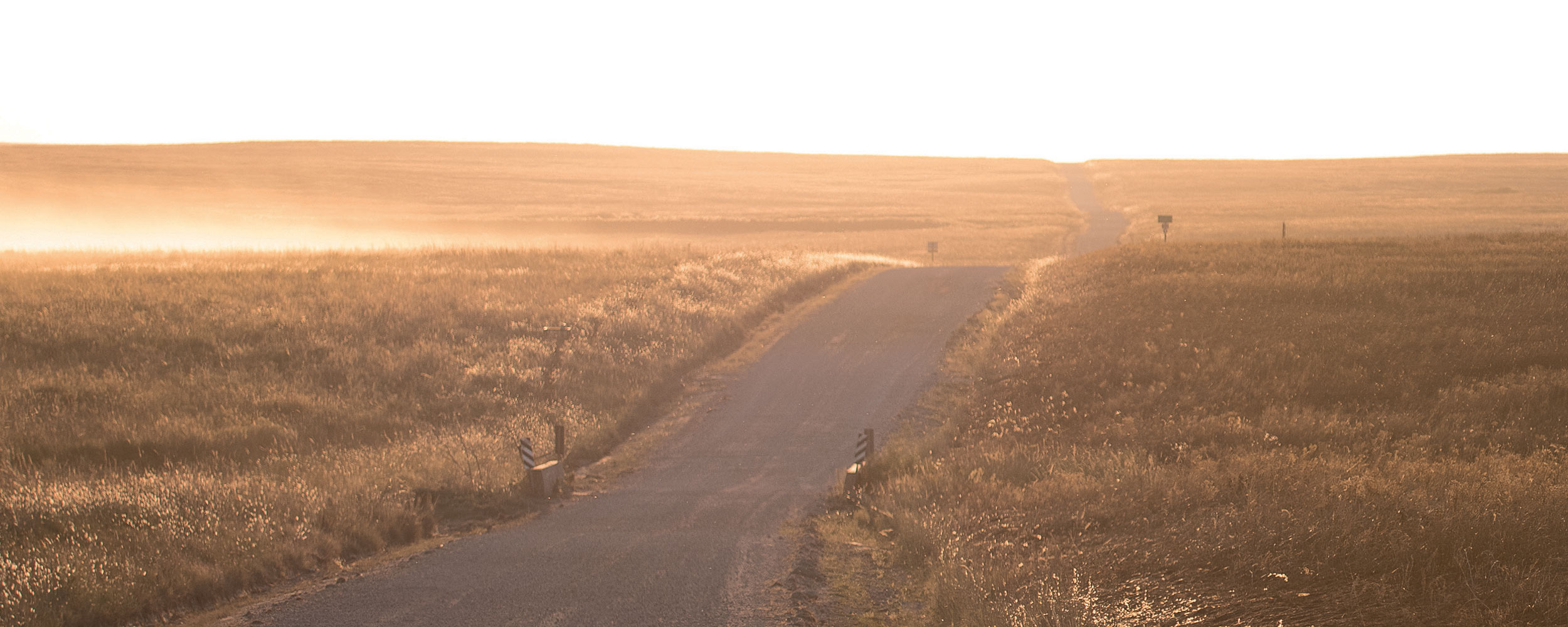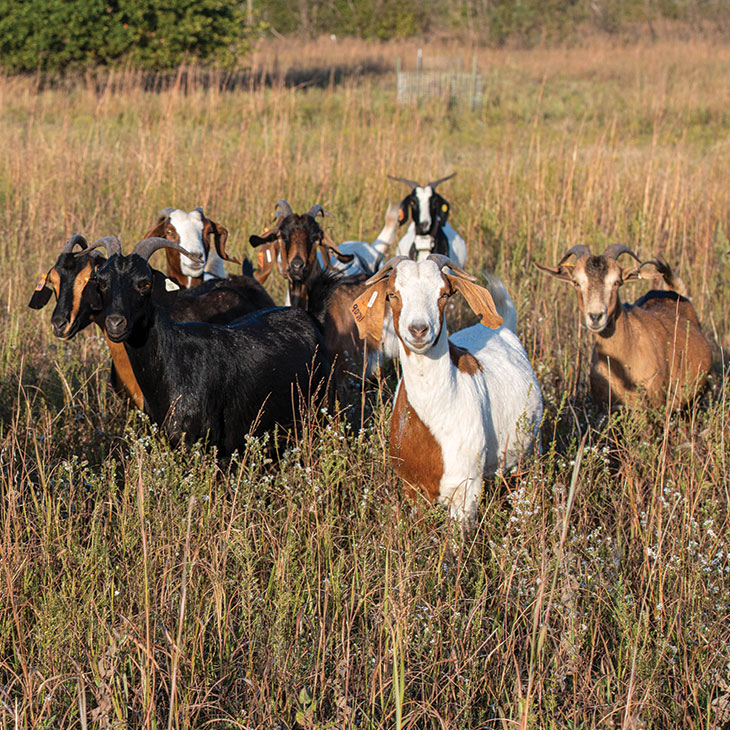
Preserving The Prairie
Friday, December 17, 2021
Media Contact: Samantha Siler | Communications and Marketing Manager | 405-744-2977 | samantha.siler@okstate.edu
The Great Plains — an area of the world named for the vast rolling hills covered with tallgrass or shortgrass prairies.
However, during the last two centuries, these native ecosystems have changed from grasslands to woodlands.
These landscapes are undergoing the phenomenon of woody plant encroachment — a problem The Prairie Project is working to tackle.
“Many of the species of woody plants we have are native to the states they are in,” said Laura Goodman, Oklahoma State University Extension range specialist and assistant professor in natural resource ecology and management. “These plants are just growing in locations where they didn’t grow historically.”
This phenomenon is not a new concept in the natural resource management industry, said Sam Fuhlendorf, Groendyke chair in wildlife conservation and OSU Regents professor of natural resource ecology and management.
“Woody plant encroachment has been studied for a long time, but what do we do about it?” Fuhlendorf asked.
With help from a Sustainable Agricultural Systems grant from the U.S. Department of Agriculture and the National Institute of Food and Agriculture, The Prairie Project is designed to answer this question and enhance livestock production in the Great Plains.
“The Prairie Project is a collaboration of research, teaching, and extension to educate students, ranchers, and teachers about woody plant encroachment, mitigating wildfires, and lessening the effects of a more extreme climate,” said Ryan Reuter, OSU animal and food sciences associate professor.
This project began as a partnership among OSU, Texas A&M University and the University of Nebraska.
“We convinced the USDA that the greatest threat to livestock production in the region is woody plant encroachment as it leads to essentially almost complete loss of livestock production on rangelands,” Fuhlendorf said. “This encroachment also has a lot of impacts on wildlife and causes endangered species in the region.”
So, who cares? What if a few trees grow in historic grasslands? According to The Prairie Project faculty, everyone should care.
“This is not only detrimental to the prairies, but it is detrimental to a rancher’s livelihood,” Goodman said. “So, we, The Prairie Project, are looking for solutions.”
As part of the project, two potential solutions are presented to ranchers and educators to fight this invasion, Goodman said.
“We came up with two economically viable solutions — pyric herbivory and multi-species grazing — that work, but they both have social constraints,” Fuhlendorf said.

Pyric herbivory is the interaction between grazers and fire, often through patch burn grazing, Fuhlendorf said. Ranchers burn portions of rangeland pastures, resulting in increased grazing while other unburned areas accumulate fuel to burn next. The idea is grazing driven by fire, Fuhlendorf said.
“The idea is to use fire to control the woody plants but also to make animals focus on the recently burned area where grazers get better forage quality,” Fuhlendorf said. “It’s a way to integrate the use of fire with livestock production and actually helps livestock production.”
Fire is a touchy subject for many people, Goodman said, but The Prairie Project staff works with ranchers to explain how to use fire properly in their operation.
“A lot of it is just fear that you’re going to set the world on fire if you start a fire,” Goodman said. “The reality is, if you prepare for the fire and burn under certain weather prescriptions, you will not have many issues.”
The use of fire is not the only solution available to control woody plants, but it has been readily used in Oklahoma, Fuhlendorf said. The other aspect of this project is spreading awareness about multi-species grazing — specifically the addition of goats into cattle operations.
“Many smaller landowners are more willing to try multi-species grazing,” Fuhlendorf said. “Also, in many landscapes, human population is too high to welcome the frequent use of fire so browsers could be more effective.
“We are not suggesting that ranchers should stop raising cattle and switch to goats,” Fuhlendorf added. “We are suggesting that a cattleman could have a few goats, and it could help to control the woody plants.”
Goats and cattle have different diets, but research about goats and their impact against sericea lespedeza is limited, Reuter said.
Sericea lespedeza is an invasive woody plant species encroaching on native rangelands and spreading rapidly in range pastures when only grazed by cattle, Reuter said.
“The long-term impact of this project is to maintain the services that benefit from these native rangelands,” Reuter said. “Plants like sericea lespedeza infest these rangelands and invade and take over, disrupting this natural ecology of these rangelands.”
Goodman works heavily with the OSU Extension aspect of The Prairie Project, specifically outreach.
One of her projects included attaching a GoPro camera to a goat to observe its eating patterns to post on social media.
“The video shows the goat eating different plants,” Goodman said. “There are plants in the pasture that the cows don’t eat, but the goats will.”
The Prairie Project is not specifically about fire or about goats, Goodman said. The Prairie Project is about individuals working together to find what works against woody plant encroachment and how to educate others about it, she added.
“If we want to help the landowners, we have to learn the barriers that limit their adoption,” Fuhlendorf said.
Omkar Joshi, NREM assistant professor, works through The Prairie Project to complete this goal.
“Omkar will teach us how the public thinks about these management tools, what their concerns are and potentially how to alleviate the concerns and increase options for landowners,” Fuhlendorf said.
The role of social science is critical for the aspect of public perception of The Prairie Project, Joshi said.
“At the end of the day, the social acceptance is critically important to make this a reality,” Joshi said. “The research will not translate into actionable science unless people accept it.”
Story By: Breanna Barker | Cowboy Journal
